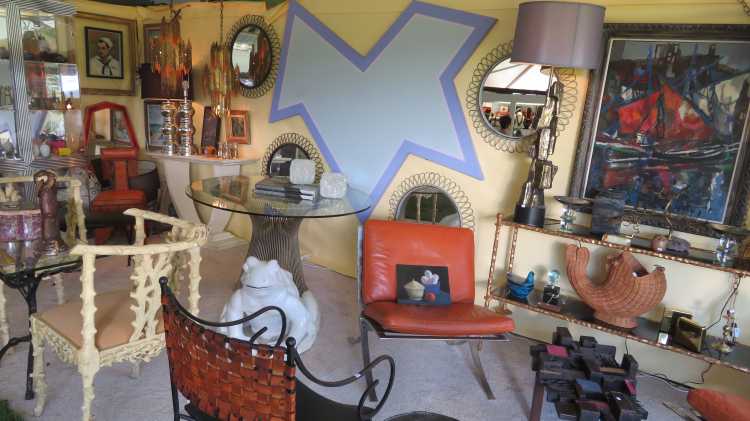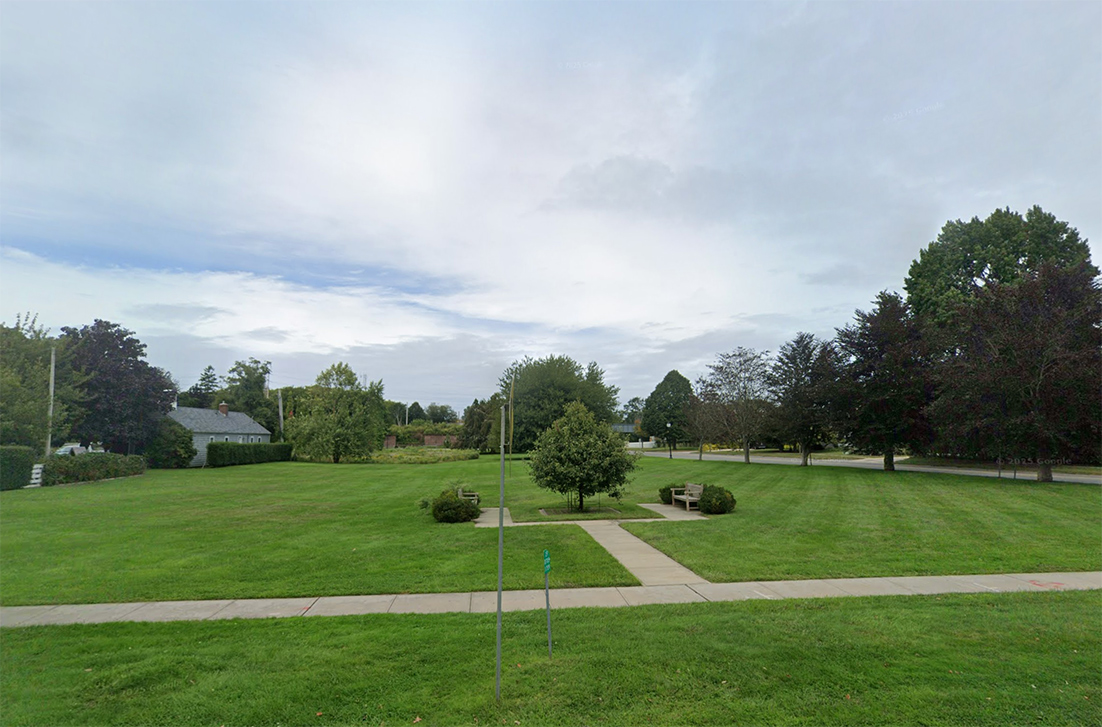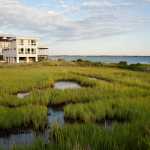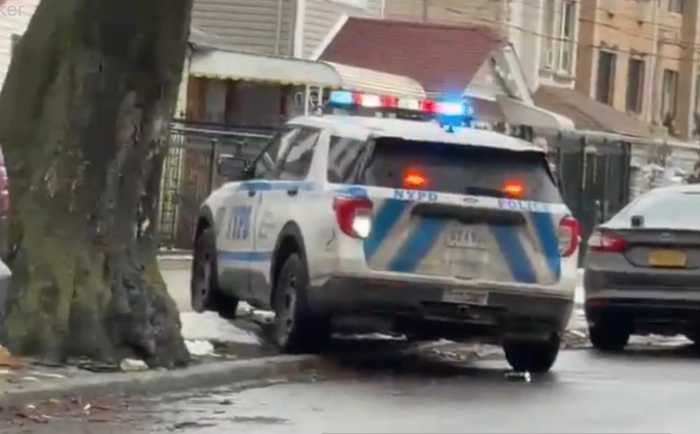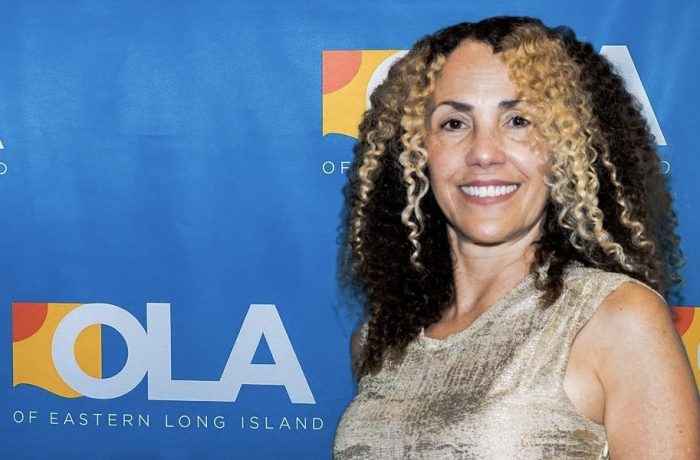After all the turkey and stuffing are eaten and the Thanksgiving guests have gone, burn off the big meal by touring noted East Hampton properties during the annual East Hampton House & Garden Tour. The tour benefits the East Hampton Historical Society and is seen as one of the area’s kickoffs to the holiday season.
The 37th annual self-guided house tour, which will be held on Saturday, November 26, consists of five distinguished houses, from the 17th century to present day, including one of the most well-known houses in East Hampton.
“The House & Garden Tour is one of our most important fundraisers,” says event chairman Joseph Aversano. “This year’s tour is a visual feast of stylish houses. So, while you’re breathing in the sea air and enjoying the varied terrains and architectural styles, your dollars will support the East Hampton Historical Society’s museums and programs.”
The tour “offers a one-time-only glimpse inside some of our town’s most storied residences. Drenched in history, pedigree, and local lure, this year’s tour is sure to inspire, delight and invite appreciation for the stewardship of some of our most charmed properties,” it continues.
East Hampton’s “White House” is perhaps the most recognizable on the tour, as it prominently sits at the corner of Main Street and Woods Lane in the village. Dating to 1724, it underwent a major renovation in 1992 when the developer Fred Mengoni owned it.
“Although it was barely ever lived in, it was always meticulously maintained right down to its window boxes holding red geraniums each summer and white Christmas lights for the holidays,” the society says of the 7,615-square-foot home.
It sold in December of 2020 for $7 million to a new owner, who, the historical society says, understands “the concept of simple luxury.”
Greycroft, designed in 1893 by architect Isaac Henry Green who introduced the shingle style to East Hampton’s summer colony, is also apart of the tour. “Completed by 1894 for a prestigious couple, Lorenzo Guernsey and Emma Woodhouse, Green’s signature features — gambrel-roof, delicate fan windows, stairwells with multiple turns, paneled wainscoting and a boxed beam ceiling — are evident throughout,” the description says.
Woodhouse transformed four swampy acres southeast of the house into the first private Japanese garden in America. Though they were initially open to the public, after her death in 1908, her niece, Mary Woodland, who founded the East Hampton Garden Club, took it over. The club did eventually give the exotic Water Garden to the Village of East Hampton and it became the center of what we know now as the Nature Trail.
“If gardens could talk, the grounds of Greycroft would tell a century long story of stewardship and preservation,” the society says.

As for the residence, it again became a single-family home in 1946. The noted architect Robert A.M. Stern oversaw a renovation in 1980-81 for the venture capitalist Alan Patricof, who remains its owner (Greycroft is also the name of the firm Patricof founded in 2006). The interior designer Tony Ingrao, who is also a neighbor, oversaw the interiors.
Greycroft’s grounds now include a vintage apple orchard featuring contemporary sculptures, including a massive head of a young girl by the Japanese master, Yoshitomo Nara.
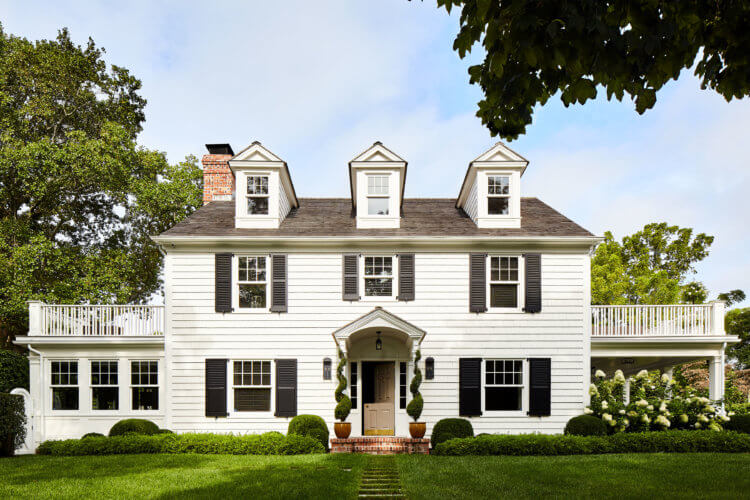
A 1919 center-hall colonial featuring vintage detail and modern amenities is next up on the tour. The present owners —the proprietor of a Manhattan gallery specializing in the best of 20th-century furniture, lighting and accessories, and a renowned creative event planner renovated the property — sought “to reflect the passions they have for their businesses in a carefully collected yet comfortable environment to entertain while maintaining the integrity of the original property,” the description says.
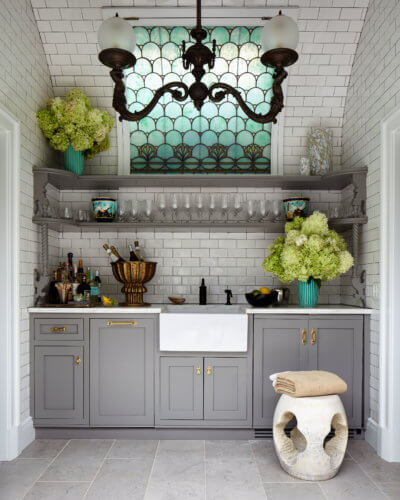
“A running theme nods to the ocean with a decided ‘un-beach house’ feel from the Silas Seandel ‘wave’ dining table, or a Christian Astuguevieille chair inspired by the natural undulation of shells, to a 1907 Louis Comfort Tiffany-stained glass window in marine blue floating above the pool house,” the society continues. “Furniture, rugs, wallcoverings, upholstery and art frequently evoke the sea in this Colonial Revival getaway that is at once organic yet glamorous, moody while inviting.”
Another home on the tour, the Isaac W. Miller House on Main Street, is considered one of the best remaining examples of a slant-roof saltboxes.
Only later dubbed “Third House,” it is believed that Lion Gardiner presented it to his daughter Mary when s he married in 1658. It gets its name, however, from its late 19th century owner.

In 1929, it was purchased by society architect Aymar Embury II, who designed the Arts-and-Craft-style East Hampton Library in 1910, and also worked with Robert Moses on the Central Park Zoo and Triborough Bridge. He called it “Third House” for three reasons, the society says: First, it is the third house from the corner. Secondly, Embury believed it to be the third house ever built in East Hampton, and lastly because it was the third house that he personally owned.
“In this present-day remodeling, the house does not try to be an immersive experience, a living museum, or a stage-set of colonialism,” the society says. “It has been made livable for the 21st century with a partial demolition and the addition of a family room, larger kitchen and up-to-date appliances. That is what good stewardship is all about — updating its conveniences, while honoring the exquisite details of its bare (and rare) colonial past.”
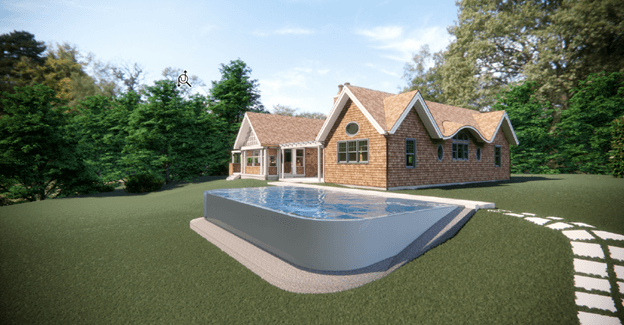
The most recently built house on the tour was developed as a shingle style guest house on the Crossways. “Shingle style homes began to emerge in the late 1800 and is a uniquely American adaptation of other traditions such as Queen Ann, Colonial Revival, and Romanesque,” the society explains.
The home also features a curved roof over the porch with shingled porch supports, an eyebrow dormer over the front entry and primary bath, and strips of three or more windows throughout. “Inside and out, this classic statement of the shingle style brilliantly expresses homage to the past while embracing the future,” the society says.
An opening night cocktail party fundraiser for the historical society will be held at the Maidstone Club in East Hampton Village on Friday, November 25. Tickets are $250 each, which includes entry to the tour the following day.
Tickets to the self-guided tour are $85 in advance and $100 on the day of the tour. Addresses will be given when tickets are picked up.
Admission can be purchased on the society’s website, by calling 631-324-6850 or by stopping by Clinton Academy at 151 Main Street in East Hampton, on Friday, from 10 a.m. to 4 p.m., and Saturday, November 26,, from 10 a.m. to 3 p.m.
Email tvecsey@danspapers.com with further comments, questions, or tips. Follow Behind The Hedges on Twitter, Instagram and Facebook.





